Taymaz Rahkar-Farshi
Phraseformer: Multimodal Key-phrase Extraction using Transformer and Graph Embedding
Jun 09, 2021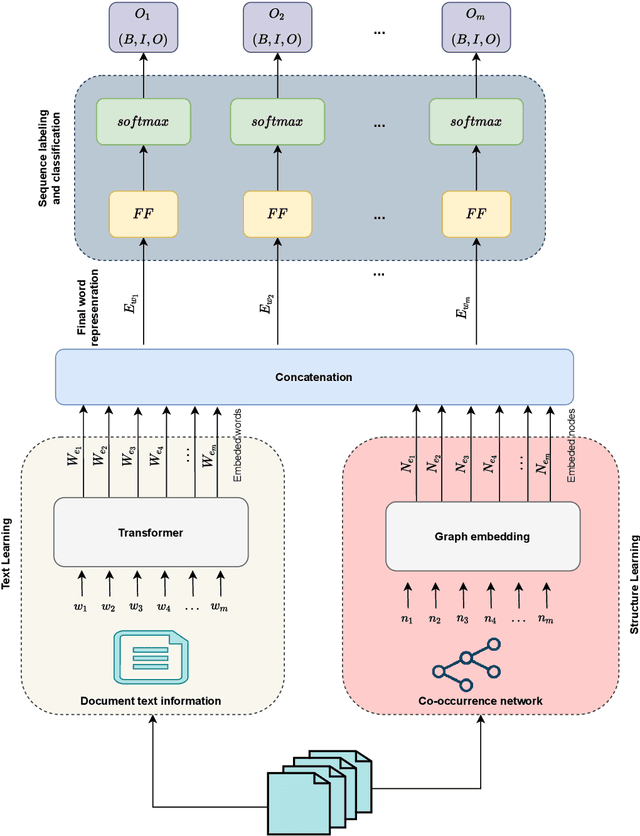
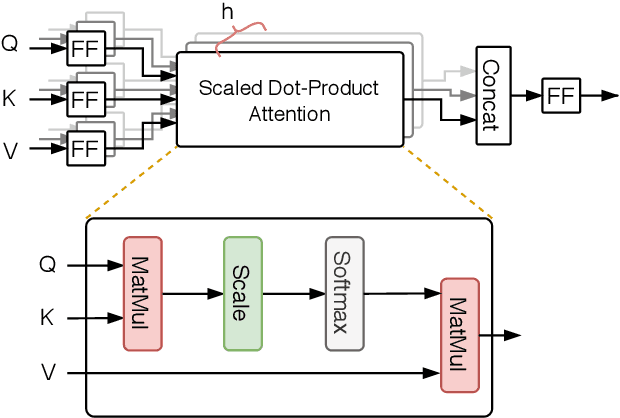
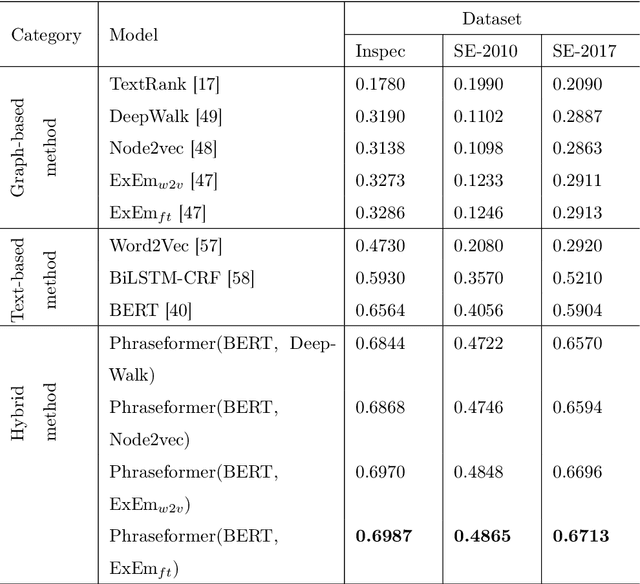
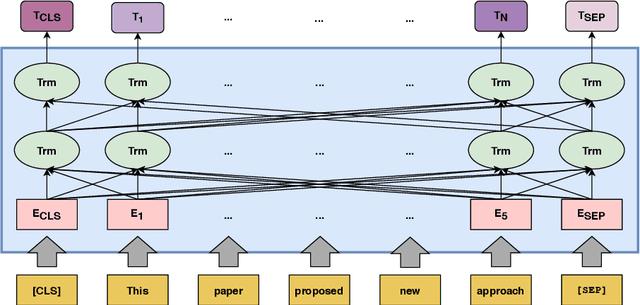
Abstract:Background: Keyword extraction is a popular research topic in the field of natural language processing. Keywords are terms that describe the most relevant information in a document. The main problem that researchers are facing is how to efficiently and accurately extract the core keywords from a document. However, previous keyword extraction approaches have utilized the text and graph features, there is the lack of models that can properly learn and combine these features in a best way. Methods: In this paper, we develop a multimodal Key-phrase extraction approach, namely Phraseformer, using transformer and graph embedding techniques. In Phraseformer, each keyword candidate is presented by a vector which is the concatenation of the text and structure learning representations. Phraseformer takes the advantages of recent researches such as BERT and ExEm to preserve both representations. Also, the Phraseformer treats the key-phrase extraction task as a sequence labeling problem solved using classification task. Results: We analyze the performance of Phraseformer on three datasets including Inspec, SemEval2010 and SemEval 2017 by F1-score. Also, we investigate the performance of different classifiers on Phraseformer method over Inspec dataset. Experimental results demonstrate the effectiveness of Phraseformer method over the three datasets used. Additionally, the Random Forest classifier gain the highest F1-score among all classifiers. Conclusions: Due to the fact that the combination of BERT and ExEm is more meaningful and can better represent the semantic of words. Hence, Phraseformer significantly outperforms single-modality methods.
Automatic Personality Prediction; an Enhanced Method Using Ensemble Modeling
Jul 09, 2020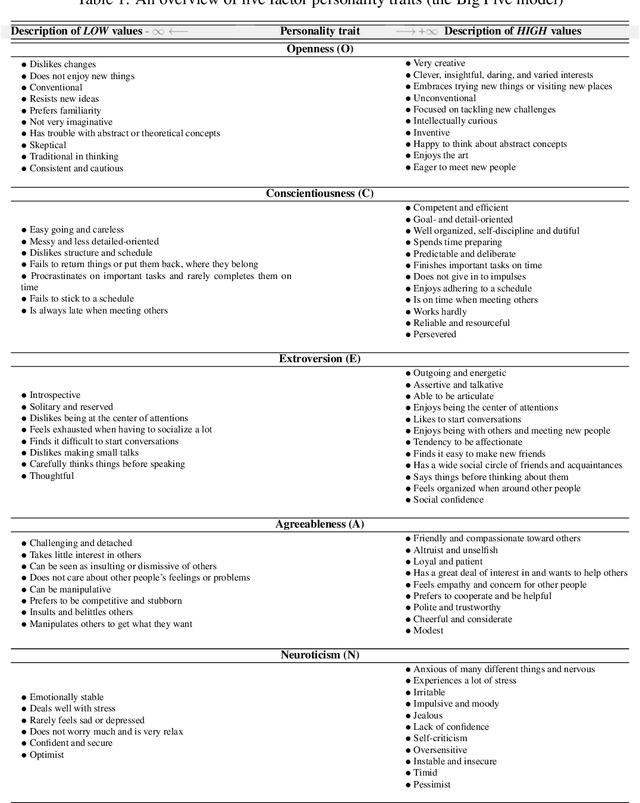
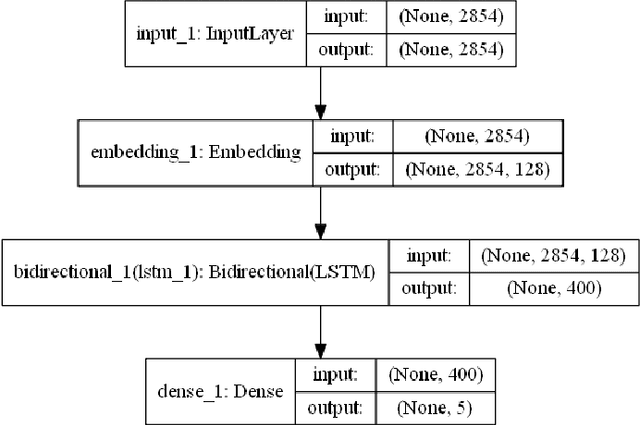
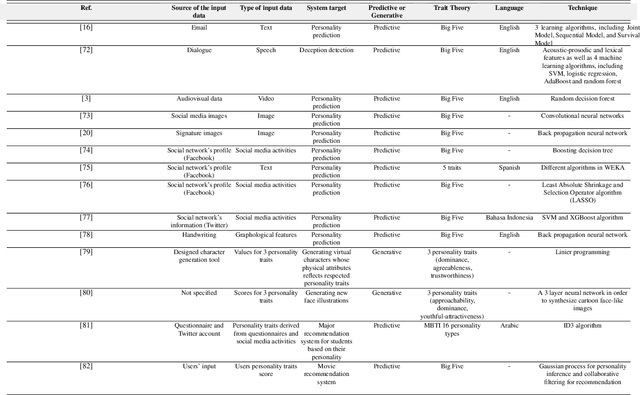
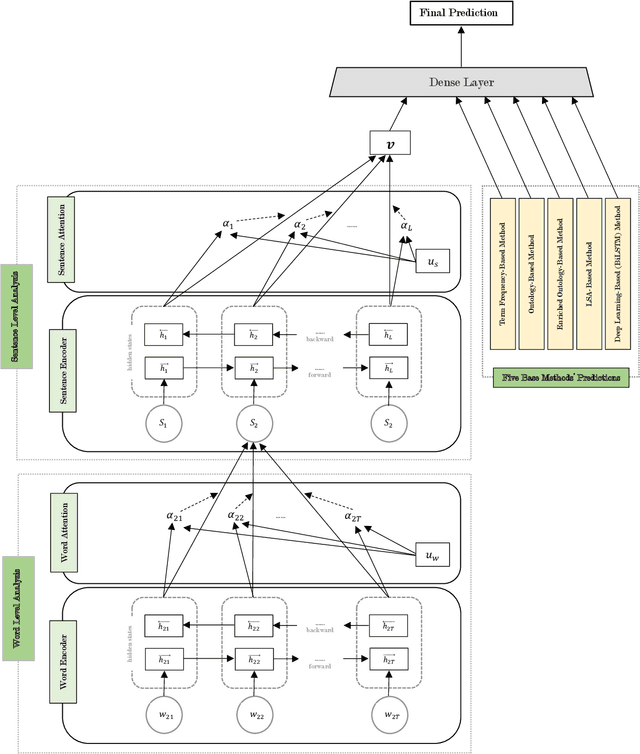
Abstract:Human personality is significantly represented by those words which he/she uses in his/her speech or writing. As a consequence of spreading the information infrastructures (specifically the Internet and social media), human communications have reformed notably from face to face communication. Generally, Automatic Personality Prediction (or Perception) (APP) is the automated forecasting of the personality on different types of human generated/exchanged contents (like text, speech, image, video, etc.). The major objective of this study is to enhance the accuracy of APP from the text. To this end, we suggest five new APP methods including term frequency vector-based, ontology-based, enriched ontology-based, latent semantic analysis (LSA)-based, and deep learning-based (BiLSTM) methods. These methods as the base ones, contribute to each other to enhance the APP accuracy through ensemble modeling (stacking) based on a hierarchical attention network (HAN) as the meta-model. The results show that ensemble modeling enhances the accuracy of APP.
A Model to Measure the Spread Power of Rumors
Feb 27, 2020



Abstract:Nowadays, a significant portion of daily interacted posts in social media are infected by rumors. This study investigates the problem of rumor analysis in different areas from other researches. It tackles the unaddressed problem related to calculating the Spread Power of Rumor (SPR) for the first time and seeks to examine the spread power as the function of multi-contextual features. For this purpose, the theory of Allport and Postman will be adopted. In which it claims that there are two key factors determinant to the spread power of rumors, namely importance and ambiguity. The proposed Rumor Spread Power Measurement Model (RSPMM) computes SPR by utilizing a textual-based approach, which entails contextual features to compute the spread power of the rumors in two categories: False Rumor (FR) and True Rumor (TR). Totally 51 contextual features are introduced to measure SPR and their impact on classification are investigated, then 42 features in two categories "importance" (28 features) and "ambiguity" (14 features) are selected to compute SPR. The proposed RSPMM is verified on two labelled datasets, which are collected from Twitter and Telegram. The results show that (i) the proposed new features are effective and efficient to discriminate between FRs and TRs. (ii) the proposed RSPMM approach focused only on contextual features while existing techniques are based on Structure and Content features, but RSPMM achieves considerably outstanding results (F-measure=83%). (iii) The result of T-Test shows that SPR criteria can significantly distinguish between FR and TR, besides it can be useful as a new method to verify the trueness of rumors.
An improved multimodal PSO method based on electrostatic interaction using n- nearest-neighbor local search
Oct 08, 2014

Abstract:In this paper, an improved multimodal optimization (MMO) algorithm,called LSEPSO,has been proposed. LSEPSO combined Electrostatic Particle Swarm Optimization (EPSO) algorithm and a local search method and then made some modification on them. It has been shown to improve global and local optima finding ability of the algorithm. This algorithm useda modified local search to improve particle's personal best, which used n-nearest-neighbour instead of nearest-neighbour. Then, by creating n new points among each particle and n nearest particles, it tried to find a point which could be the alternative of particle's personal best. This method prevented particle's attenuation and following a specific particle by its neighbours. The performed tests on a number of benchmark functions clearly demonstrated that the improved algorithm is able to solve MMO problems and outperform other tested algorithms in this article.
 Add to Chrome
Add to Chrome Add to Firefox
Add to Firefox Add to Edge
Add to Edge